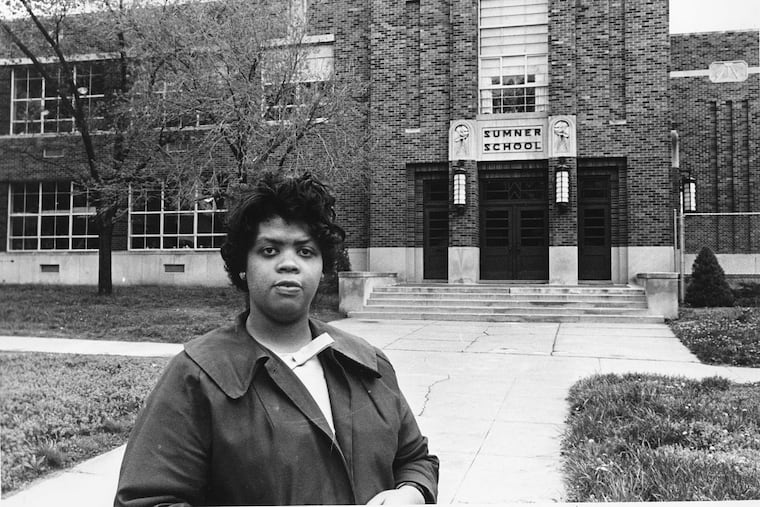4 ways Tom Wolf can improve racial equity in Pa. schools
Pennsylvania's schools are still unequal, 68 years after Brown v. Board of Education.

My mother was an infant when Brown v. Board of Education was decided on May 17, 1954. Even though the landmark case decided that a separate education was inherently unequal, she attended largely segregated schools that didn’t have the books, equipment, or classes that were offered at schools for white students.
When she went to the University of Florida, she was one of only 400 Black students out of 25,000 students overall. She was threatened with hoses and dogs and arrested while peacefully protesting the lack of Black students on campus. After these harrowing experiences, my mother had hope that her children — and surely her grandchildren — wouldn’t still need to fight for educational equity decades later.
Sadly, we must.
Without question, the educational promises of that groundbreaking decision have not been realized, leaving the futures of my daughter, son, and millions of other students of color hanging in the balance.
Nearly 70 years after Brown v. Board of Education, the majority of Pennsylvania’s Black and Hispanic students attend schools that do not receive enough funding. The school districts that educate the highest share of Black and Hispanic students have significantly less to spend on instruction per student than the districts educating the fewest kids of color. Relative to mostly white districts, schools with the most students of color spend an estimated $35,430 less per classroom.
Inequitable school disciplinary policies disproportionately affect students of color. In the 61 districts in Philadelphia’s four suburban counties, Black students are given in- and out-of-school suspensions at a rate 3.5 times higher than expected, given their share of enrollment. They were also 2.7 times more likely than expected to be disciplined using law enforcement.
Black and Hispanic students are often shut out of high-rigor classes. In high school, students take honors, AP, or International Baccalaureate classes to expose them to challenging concepts and boost their chances of college acceptance. Black and Hispanic students are underenrolled in and have fewer opportunities to take those classes compared with white students. That’s true for AP classes in 92% of suburban school districts in the region.
» READ MORE: 60 years after 'Brown v. Board,' a time to recommit
Pennsylvania’s Commonwealth Court has the opportunity to redress the inequities that continue to harm Black and Hispanic students when it rules on the groundbreaking fair funding lawsuit currently before the court. But the Wolf administration and the legislature don’t need to wait; Pennsylvania can act now by taking four steps toward racial equity in education.
Conduct equity audits in public schools
Use data to hold schools accountable for how they perform for students. Concrete measures of equity exist, including data on discipline, staff diversity, and gaps in resources and offerings between and within school districts. Schools should conduct comprehensive reviews of their districts and follow recommendations to address deficiencies.
Require unbiased measures for improving school climate for students of color
School climate — students’ sense that they are safe and treated fairly — is a huge predictor of success. In addition to using data to inform practice, schools should ask students how they feel about their school, and ensure that every student has adequate supports like counselors, psychologists, and enrichment programs that develop their emotional skills.
Provide high-quality educational options
Identify promising students of color and encourage them to enroll in rigorous courses, including honors, AP, International Baccalaureate, and high-quality career and technical programs, then support their success once they do. Make sure curriculum and reading lists are diverse and culturally competent.
Ensure adequate funding
Money matters in education because it provides tools, services, and resources for students. When confronted with school funding inequity, lawmakers wring their hands and claim the coffers are empty. That’s not true this year: Harrisburg is sitting on a surplus of approximately $10 billion — more than enough to close the $4.6 billion shortfall for public schools.
My mom turns 69 this month. She’s tired of fighting. However, until her grandchildren and other children of color can unequivocally say that they’ve attended a school that works for them, she will not rest. Neither will I. Neither should you.
Tomea A. Sippio-Smith is the K-12 education policy director at Children First, a child advocacy organization serving Philadelphia and the surrounding counties. She is the primary author of the “No More Dreams Deferred” report and lives in Huntingdon Valley.